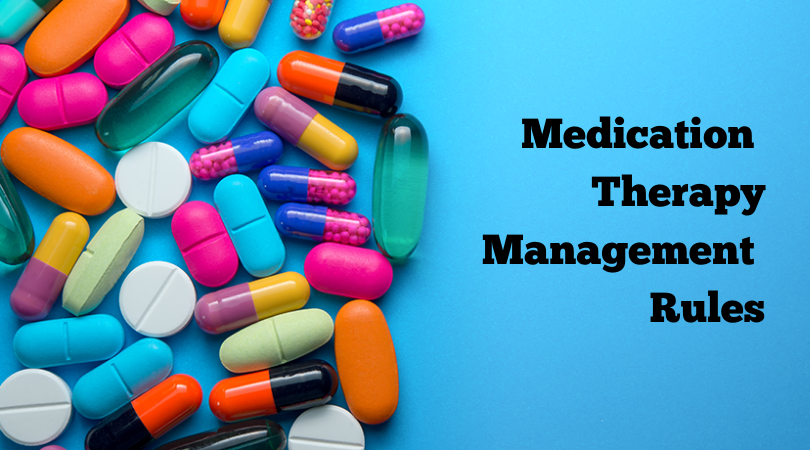Rule#1: Choose the right method of application
Be sure to follow the prescribed method of application, otherwise, there is a risk that the active substance simply loses its effect. If the instructions for the drug say: chewable tablets should be chewed, dissolving tablets should be dissolved. As a last resort, grind before swallowing, but only if the tablet is not coated with a special thin film. Otherwise, cutting will result in poor drug absorption.
If the tablet does not have a dividing line, do not break it. It means that a half dose for use is not provided. Do not pour the substances from the capsule. The medicine is specially placed in this form for better absorbed and a safer application.
It is better not to combine several different medications at the same time. Especially if they are appointed by different specialists. It is recommended to consult your physician. During the consultation, inform him about which drugs you are already prescribed.
If you still need to take different pills, take them not one after another, but with a break of 30-60 minutes. For example, antibiotics should not be taken with antipyretics, sleeping pills, antihistamines. Ferrum preparations are not combined with antacids (Almagel, Maalox, Rennie, etc.). Oral contraceptives (Marvelon, Non-Ovlon, Yasmin, etc.) are incompatible with Analgin, antibiotics, and sulfonamides (Streptocide). Do not take papaverine and aspirin, vitamin C and penicillin, Dibazol, and Tetracycline at the same time.
In the treatment of gastrointestinal adsorbents (activated carbon), a break between them and any other drugs should be at least 2 hours.
Rule#3: How to wash down pills?
Do not wash down pills with tea, coffee, sweet juices, soda, and alcoholic beverages. Almost all drugs are washed with water. If the annotation does not say when to take and how to take the tablets, then you can take them at any time. It’s better to do it 30-40 minutes before meals (or at least 15-20).
Rule#4: Choose the correct time regimen
Consider your health status, age, occupation, and even gender when taking certain drugs. A particularly careful approach to taking medications is necessary for children, pregnant women, the elderly and drivers. Medications such as erythromycin, verapamil, diazepam act on women less effective in comparison to men, but anaprilin and tazepam provide a controversial effect. There are many drugs that are identical in principle of action, but with different names. This is due to the presence of numerous generics in most drugs. All these are analog drugs.
Rule#5: Notes to remember
- Tablets in gelatin capsules must be taken in standing or sitting postures and washed down with at least 100 ml of water, otherwise, the gelatin capsule may stick to the wall of the esophagus. It is better to take drugs to reduce pressure when lying down.
- It’s best to pour heart drops onto a piece of sugar.
- Cough tablets are more effective if they are dissolved in a small amount of sweet water and taken an hour before meals.
- Caffeine, theobromine, and theophylline can be washed down with verjuices.
- Oral tetracycline preparations should be taken while standing and wash down with a glass of water.
- Most multivitamins are absorbed regardless of food intake time, but it is better not to apply them while eating.
- When taking antipyretic drugs, try not to eat a lot of dairy and plant foods, but prefer temporarily to meat products.
Rule#6: Get rid of bad habits
- Alcohol enhances the action of drugs containing paracetamol and antihypertensive drugs. If you take phenobarbital and combine it with alcohol, there is a risk of dying from respiratory arrest.
- Alcoholic beverages combined with aspirin can cause stomach ulcers and stomach bleeding.
- An alcohol cocktail with antidepressants, sleeping pills or antiallergic drugs enhances the calming effect of these drugs, and the person has a risk to bring damage to not only his health but also the lives of those around him, for example, if he drives a car in such a state.
- Alcohol mixed with nitroglycerin results in a sharp pressure decrease, which is fraught with fainting.
- Insulin and other antidiabetic drugs, combined with alcohol, intensify lowering blood sugar, which can also cause fainting.
- Violation of the heart rhythm threatens the use of alcohol simultaneously with diuretics and digoxin since it provokes a change in the balance of potassium.
- Nicotine makes treatment with psychotropics, cardiovascular drugs, pulmonary inhalers less effective and even reduces the effect of birth control pills.
